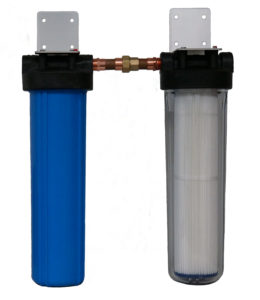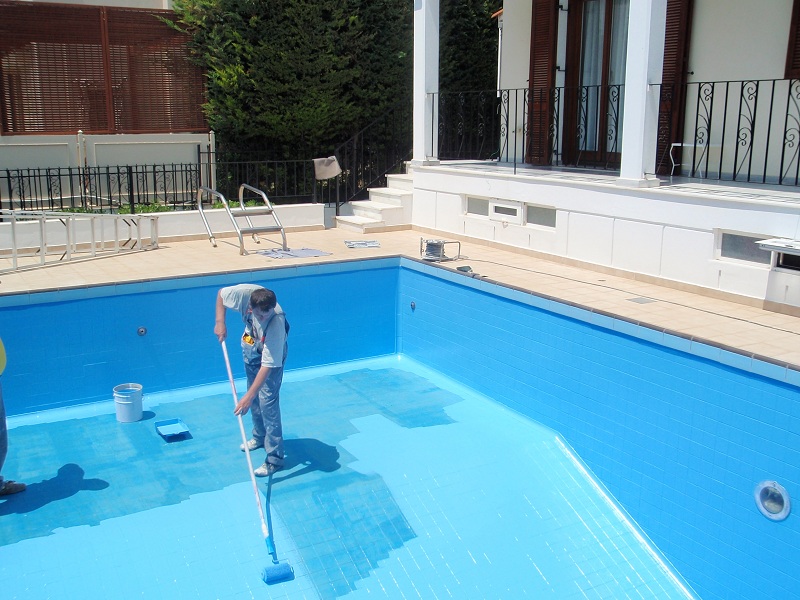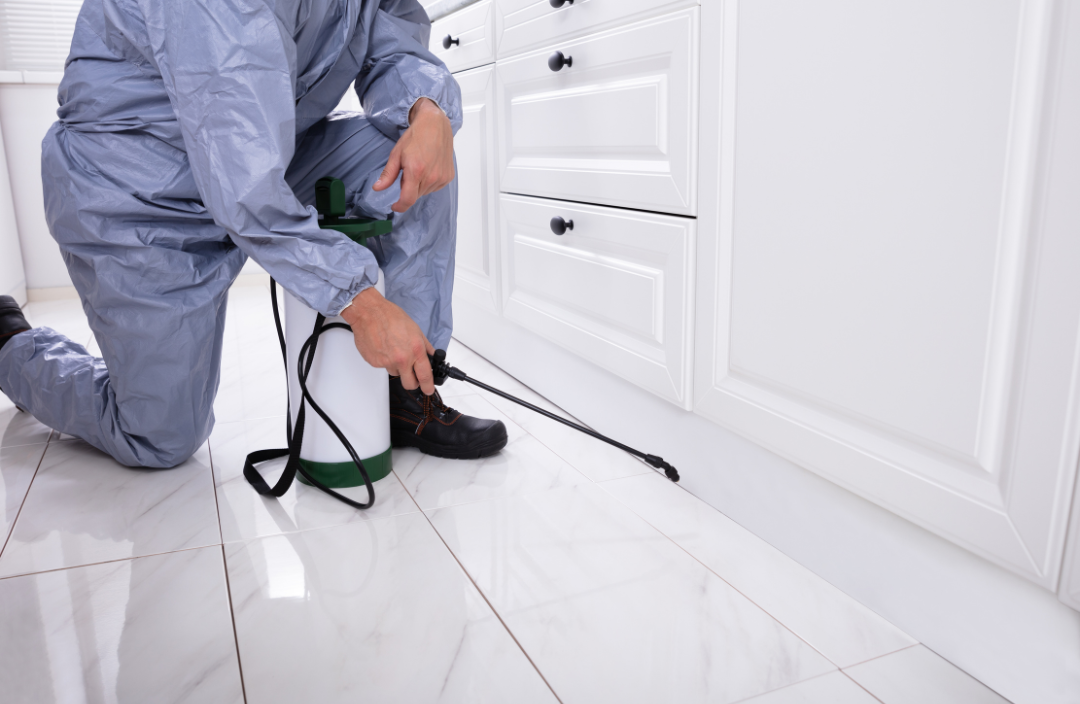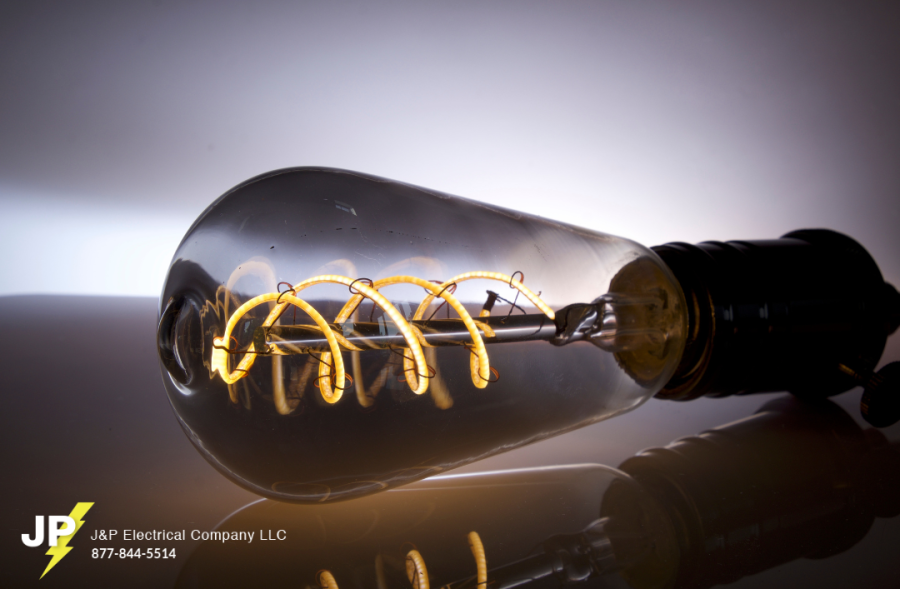Navigating the world of commercial property loans can be daunting, especially when deciding between fixed and variable interest rates. As we move through 2024, it’s crucial to understand the nuances of each option to make the best decision for your business needs. Here’s a detailed exploration of the pros and cons of fixed and variable rates to help guide your choice.
Understanding Fixed Interest Rates
Pros:
- Stability and Predictability: Fixed interest rates remain the same throughout the term of the loan, making financial planning easier. Businesses can budget and plan long-term without worrying about rising interest costs.
- Protection Against Rate Increases: In an economic climate where interest rates are expected to rise, locking in a fixed rate can potentially save borrowers a significant amount of money over the duration of the loan.
Cons:
- Higher Initial Rates: Fixed-rate loans typically start with a higher interest rate than variable-rate loans. This can mean higher initial costs.
- Less Flexibility: If interest rates fall, borrowers with fixed rates will not benefit from the decreased rates and may face prepayment penalties if they decide to refinance.
Understanding Variable Interest Rates
Pros:
- Lower Initial Rates: Variable rates usually offer lower initial rates than fixed rates. This can result in lower initial payments, making this option attractive for businesses with lower start-up costs.
- Potential Savings: If interest rates decrease, borrowers with variable rates will benefit from lower interest payments, potentially saving a considerable amount of money.
Cons:
- Risk of Rate Increase: The biggest drawback of variable rates is the uncertainty. If interest rates rise, so will the payments, which could pose a financial risk if not adequately managed.
- Complicated Budget Planning: The fluctuating nature of variable rates makes financial planning more challenging as monthly payments can change.
Making an Informed Decision on your Commercial Property Loan
Assessing Your Financial Stability:
Consider the financial health and projected cash flow of your business. If you have a robust financial buffer and can handle potential rate increases, a variable rate might offer more benefits initially. However, if budget consistency is crucial for your business strategy, a fixed rate might be the safer route.
Understanding Market Trends:
It’s essential to consider the economic environment. In a period of low but rising interest rates, locking in a fixed rate might be wise. Conversely, if rates are high but projected to fall, a variable rate could be more advantageous.
Consult with Experts:
Always consult with a financial advisor or a mortgage broker who understands the intricacies of commercial property loans. Their insights can be invaluable in navigating the complexities of loan agreements and interest rate forecasts.
Choosing the right type of interest rate for your commercial property loan in 2024 hinges on a balanced understanding of your financial situation and market conditions. By carefully weighing the pros and cons of fixed and variable rates, and seeking expert advice, you can secure a loan that not only meets your immediate needs but also supports your long-term business goals. Make your decision with confidence, knowing you are well-informed and prepared for the future.
Need help securing a commercial property loan? Contact the wholesale experts at EB Mortgage for nationwide lending!
EB Mortgage is a locally owned mortgage company with experts in new home purchase, refinancing, and commercial loans. Our wholesale rates can’t be beaten. We offer more products, more options, and more solutions. Our “3C” Process is simple: complete our pre-approval request, consider options based on your requirements, and choose the offer that suits your needs best. Call us or e-mail us today!
Written by the digital marketing team at Creative Programs & Systems: www.cpsmi.com












